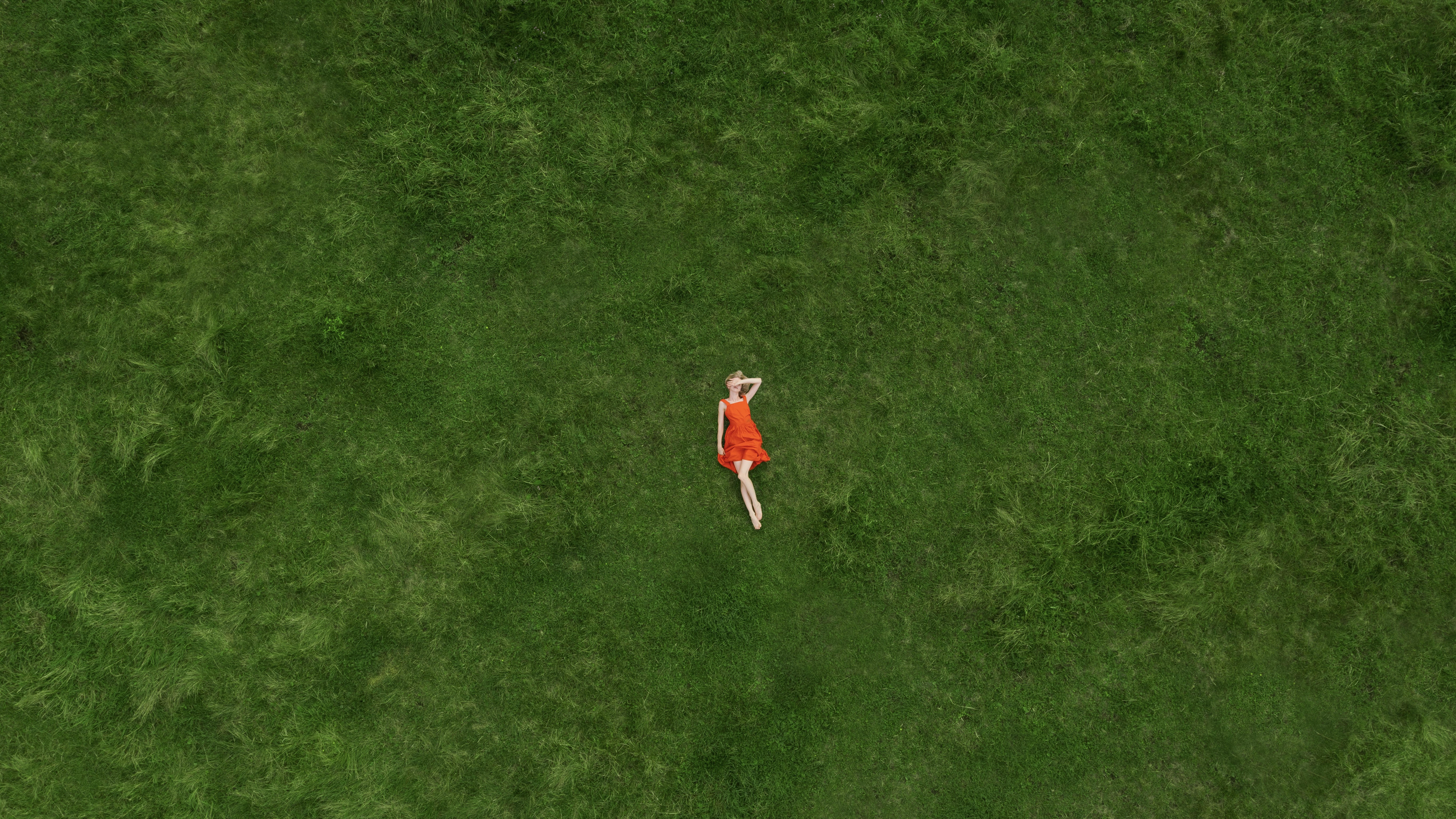
Balancing color contrast and harmony in your photos
iso.500px.com
Color contrast and harmony are essential elements in creating visually engaging photos. Properly balancing these elements can make your images more dynamic and pleasing to the eye. Heres how to achieve the perfect balance.Understanding color contrast and harmonyColor contrast: The difference in luminance or color that makes objects distinguishable. High contrast can make images pop, while low contrast can create a subtle, soft look. High color contrast can make the main subject stand out more vividly. For example, placing a bright red subject against a green background will make the red pop due to the stark difference between the two colors. Conversely, using low contrast can create a more serene and cohesive image, such as using varying shades of blue in a seascape.Color harmony: This is the pleasing arrangement of colors. Harmonious colors create a sense of order and balance in an image. Achieving color harmony involves using colors that naturally look good together, like analogous colors (colors next to each other on the color wheel) or a monochromatic palette. For instance, a photo with different shades of green can evoke a sense of tranquility and unity.Common applicationsHigh contrast: Using colors from opposite ends of the color wheel to create vibrant, attention-grabbing images. For example, a blue sky with an orange building can create a striking visual impact.Low contrast: Using colors that are close to each other on the color wheel to create a more unified and soothing image. A landscape photo with various shades of green can feel peaceful and cohesive.Techniques for balancing color contrast and harmonyUsing the color wheelComplementary colors: Opposite on the wheel, these colors provide high contrast and make each other stand out. For instance, pairing blue with orange or red with green creates a vibrant contrast that draws attention.Analogous colors: Next to each other on the wheel, they create harmony and a cohesive look. Using colors like blue, teal, and green together can create a serene and visually pleasing image.Lighting and shadowsHighlighting contrast: Use lighting to enhance color contrast. For instance, a well-lit subject against a dark background. This technique can make the subject stand out more and add depth to the photo.Balancing harmony: Soft, even lighting can help maintain color harmony by reducing harsh contrasts. This approach works well for portraits and nature photography where a calm and balanced look is desired.Background and foregroundContrasting elements: Use contrasting colors for the subject and background to make the subject pop. For example, a bright yellow flower against a purple background creates a striking contrast.Harmonious elements: Ensure that the background and foreground have harmonious colors to create a unified look. This technique works well in landscape photography, where the sky, water, and land can all share similar hues for a cohesive composition.Advanced techniquesSplit-complementary schemeBalanced contrast: This involves using a base color and two adjacent complementary colors. It offers vibrant contrast while maintaining harmony. For example, using blue with yellow-orange and red-orange in a sunset scene can create a balanced and visually appealing image.Application: Use this in scenes where you want to highlight the subject without overwhelming the viewer.Triadic color schemeDynamic balance: Uses three colors evenly spaced around the color wheel. This creates a balanced yet lively composition. An example would be using red, blue, and yellow in a single image, providing a vibrant and energetic look.Implementation: Ideal for more complex scenes where multiple elements are controlled, such as fashion shoots or still life.Editing for contrast and harmonyPost-processing: Enhance or reduce color contrast and harmony in editing software. Adjust saturation and vibrance to achieve the desired effect. Tools like the HSL panel in Lightroom can be used to fine-tune specific colors.Selective color: Focus on specific colors in post-processing to either enhance contrast or bring harmony to the image. This technique can help in achieving the perfect color balance and making your subject stand out.Practical tips to tryUsing filtersColor filters: Enhance specific colors in your scene, helping to either create contrast or maintain harmony. For instance, a polarizing filter can enhance the blues in a sky while reducing glare.Polarizing filters: Manage reflections and enhance contrast in outdoor photography. This filter is particularly useful for landscape photography.Shooting in RAWAdjustability: Shooting in RAW allows for greater flexibility in post-processing, helping you achieve the perfect balance of contrast and harmony.Fine-tuning: Make precise adjustments to colors and tones during post-processing.Field tipsPre-visualization: Train your eye to see potential color contrasts and harmonies in your environment. Look for scenes where complementary or analogous colors naturally occur.Practice regularly: Regular practice with color schemes will improve your ability to spot opportunities and refine your technique.Balancing color contrast and harmony can transform your photos, making them more engaging and visually appealing. By understanding and applying these principles, you can create images that captivate your audience. Experiment with different techniques to find what works best for your style and subject matterNot on 500px yet? Sign up here to explore more impactful photography.The post Balancing color contrast and harmony in your photos appeared first on 500px.
0 Yorumlar
·0 hisse senetleri
·391 Views


